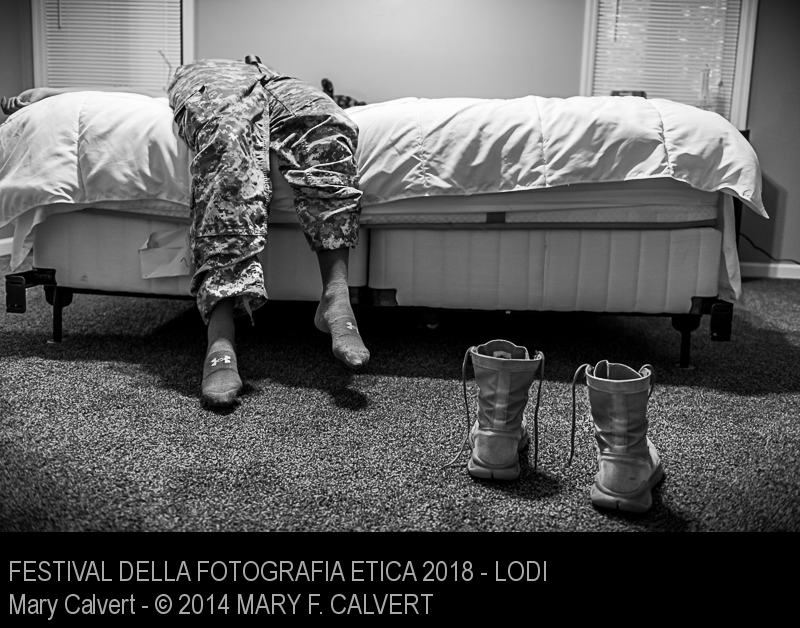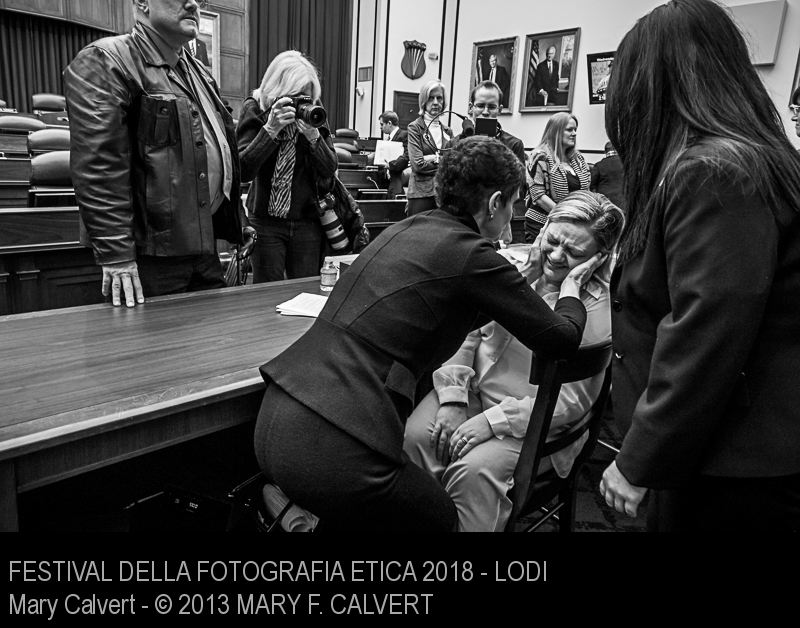The Battle Within: Sexual Assault in America’s Military
This long-term project aims to help to bring about meaningful social change in the U.S. Military and American society. Mary F. Calvert is aware of the fact that change is a long process and she’s still wondering if the situation is ever going to improve. In order to deeply analyze every aspect of this issue the photographer has divided her work in 3 chapters.
Part 1: The Hearings
Women who join the US Armed Forces are being raped and sexually assaulted by their colleagues in record numbers. An estimated 14,000 rapesand sexual assaults took place in the U.S. Armed Forces in 2016; only one in seven victims reported their attacks, and just one in ten of those cases went to trial.
Now at Senate and House hearings on Capitol Hill, the US Military is being forced to examine why are rape and sexual assault so prevalent within the ranks, its victims ignored and the abuse considered simply a breach of conduct and not a criminal offense.
Part 2: The Survivors
Most military rape survivors are forced out of service and many are even compelled to continue working for their rapists. The effects of Military Sexual Trauma, (MST), include depression, substance abuse, paranoia and feelings of isolation. Victims spend years drowning in shame and fear as the psychological damage silently eats away at their lives: many frequently end up addicted to drugs and alcohol, homeless or take their own lives.
Part 3: Homeless Women Veterans
Women veterans are the fastest growing segment of the homeless population in the United States and are four times more likely to become homeless than civilian women. Women who have survived Military Sexual Trauma are the most hidden population of homeless women and often flounder in unsafe relationships, live in their cars or endure drug-infested motels to avoid shelters or the street. Women who courageously served their country in Iraq and Afghanistan have arrived home with healthcare issues including Military Sexual Trauma and Post Traumatic Stress Disorder, to scattered families, jobs that no longer exist, an impotent Department of Veteran’s Affairs and to a nation who favors their male counterparts.
The challenges for women veterans are unique and difficult to address, especially when programs for vets seldom meet the needs of mothers and many homeless women vets happen to be single parents.
Women have to leave their children in the care of family members or friends when they deploy and many face custodybattles when the stress of deployment tears their families apart. Many of these women escaped a difficult situation by joining the military and when they get out find them unable to cope with the stresses of unemployment and a weak economy. In addition, a good deal of homeless shelters cannot accommodate children and those that can often won’t allow a male child over the age of 12.
Mary is on the side of the victims, bearing witness to the fight for justice, arousing people’s consciences to make change happen.
http://maryfcalvert.com/
http://maryfcalvert.com/portfolio/photography/projects



